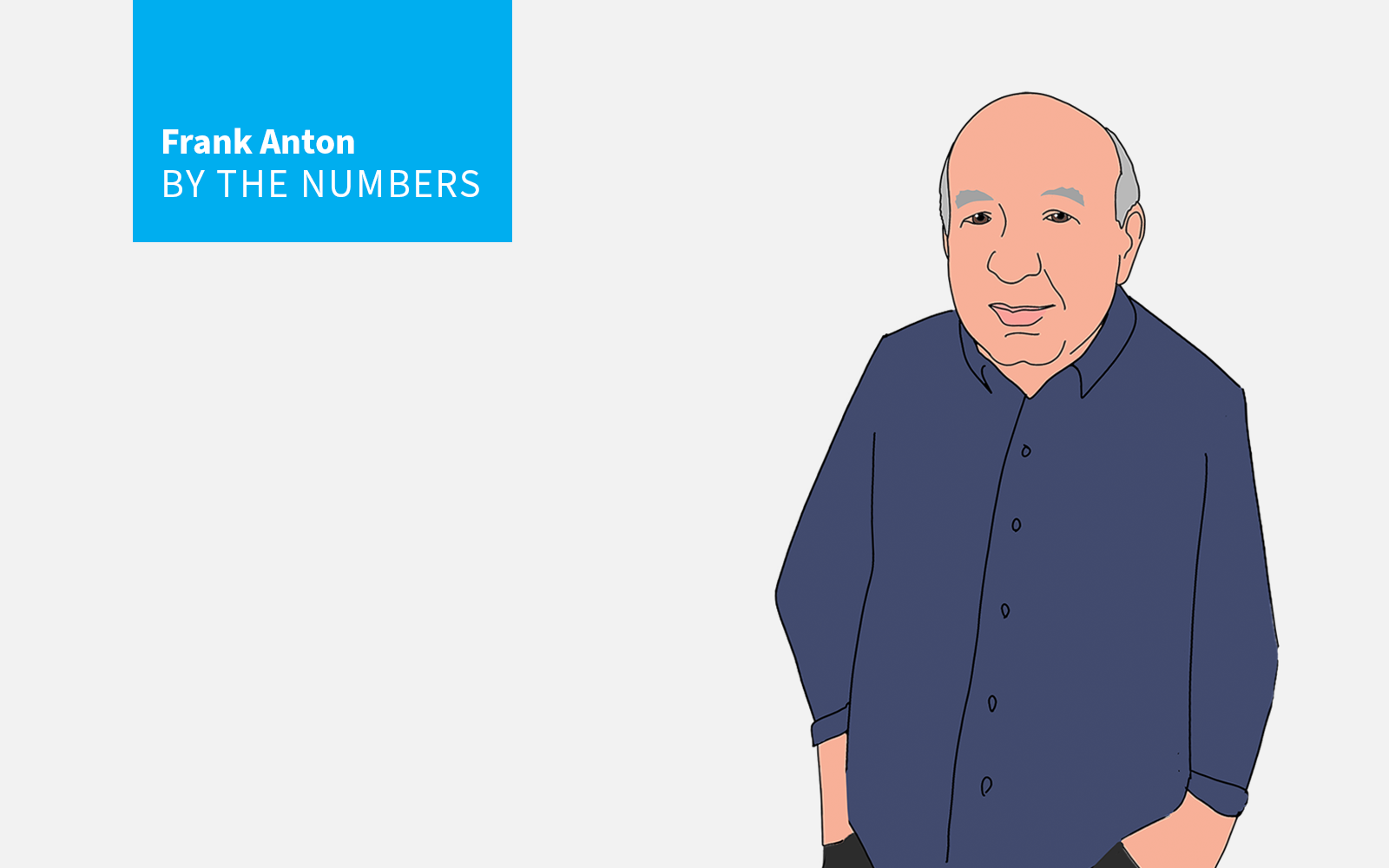Products
Big Equity Gains For Homeowners Bode Remodeling Demand Surge
Here's three reasons why -- including a $200,000 windfall in home equity gains over the past few years to a typical mortgage holder -- remodeling businesses may thrive while new home construction slows down considerably for the near-term future.

$200,000
Let’s face it. Housing, after its long 10-year run, is headed for a garden variety cyclical slowdown. Not a cataclysmic crash like what occurred in 2008, but a sharp slowdown.
All the signs point to that. For example:
- New home sales are down 20% year-over-year, and to make matters worse, a record 80% of potential home buyers now say it’s a bad time to buy a house. (By the way, the resale market is slightly softer.)
- Couple the huge, unprecedented run-up in housing prices with the huge run up in mortgage rates (and 70% of potential buyers thinks rates will continue to rise), and 50 million more households have been priced out of the new housing market.
- No wonder demand for mortgages is at the lowest level in 22 years. In the last year the principal and interest payment on the median-priced home has increased by $670.
And here’s the killer. Builders, an optimistic lot by-and-large, have become, according to the NAHB/ Wells Fargo Housing Market Index, increasingly pessimistic about market conditions six months hence. And this Index has been a very reliable leading indicator of housing activity for 15 years or so.
Enough of the bad news.
Here’s the good news. The remodeling market, housing’s often overlooked little brother, is set to boom. That might not much matter to big builders, but it’s potentially really good news for remodelers, custom builders who can shift gears, as well as building product manufacturers, building product dealers, subcontractors and designers.
That $200,000 number that headlines this column in large part explains why the remodeling market is positioned to prosper. That’s how much “tap-able” home equity the average mortgage holder has, which means that’s how much the average mortgage-holding homeowner can borrow against his/her home, which in turn means the average homeowner can borrow enough to substantially improve an older home.
A fair question: why would a homeowner go through the hassle — and it is a hassle — of remodeling instead of buying a new home that already has a fancy kitchen and bath and the kind of open plan that most of today’s buyers want.
Well, here’s one reason why. According to a recent article in the New York Times
in this market it makes less and less sense to move… when four in five mortgage holders today have an interest rate under 5 percent (half have a rate at 4 percent or lower.”
Here’s another reason. The annual rate at which Americans have been moving has declined steadily since the 1980s, declining from 20% to 8% last year.
Then there’s one more reason. More and more Americans are working at home, and most of them want to keep working at home at least some of the time. That’s likely to mean more homeowners will remodel to create pleasant, efficient and private work spaces. And, hey, while they’re at why not spiff up the kitchen and enlarge the family room.
Another housing industry organization I’ve been involved with for 25 years and have come to trust is Harvard University’s Joint Center for Housing Studies. The Joint Center forecasts a 14% increase annual increase in remodeling activity.
So if you’re a big or small builder, a building product manufacturer, a dealer or a subcontractor you should prepare for a what seems like an inevitable slowdown in new housing activity. But at the same time you should take a long, hard look at the remodeling market, which seems poised to prosper as new home construction slows to a trickle.
Join the conversation
Since 1873, Kohler Co. has been improving the level of gracious living by providing exceptional products and services for our customers’ homes and their lifestyles.
MORE IN Products
T-Time Ticking? Ken Pinto's Q4 Homebuilding Commodities Report
With end-of-year price hikes looming, homebuilders are pushing back harder than ever on material costs. Sharpened cost-control strategies, from commodity tracking to supplier negotiations, will be critical as builders brace for supply chain and demand-driven price shifts.
Brace for Impact: Builders Must Expect 2025 Supply Shocks ... Again
Strategic sourcing and supply chain sage Ken Pinto reveals how tariffs, labor policies, and thin margins could test builders’ resilience in a turbulent 2025. "Covid supply shocks were a missed opportunity."
Margin Pressure Gauge: Ken Pinto’s Q3 LBM Commodities Report
Moving from lump-sum contracts to unit pricing to find ways to reduce costs in the supply chain can be a win for homebuilders worried about high construction expenses.


